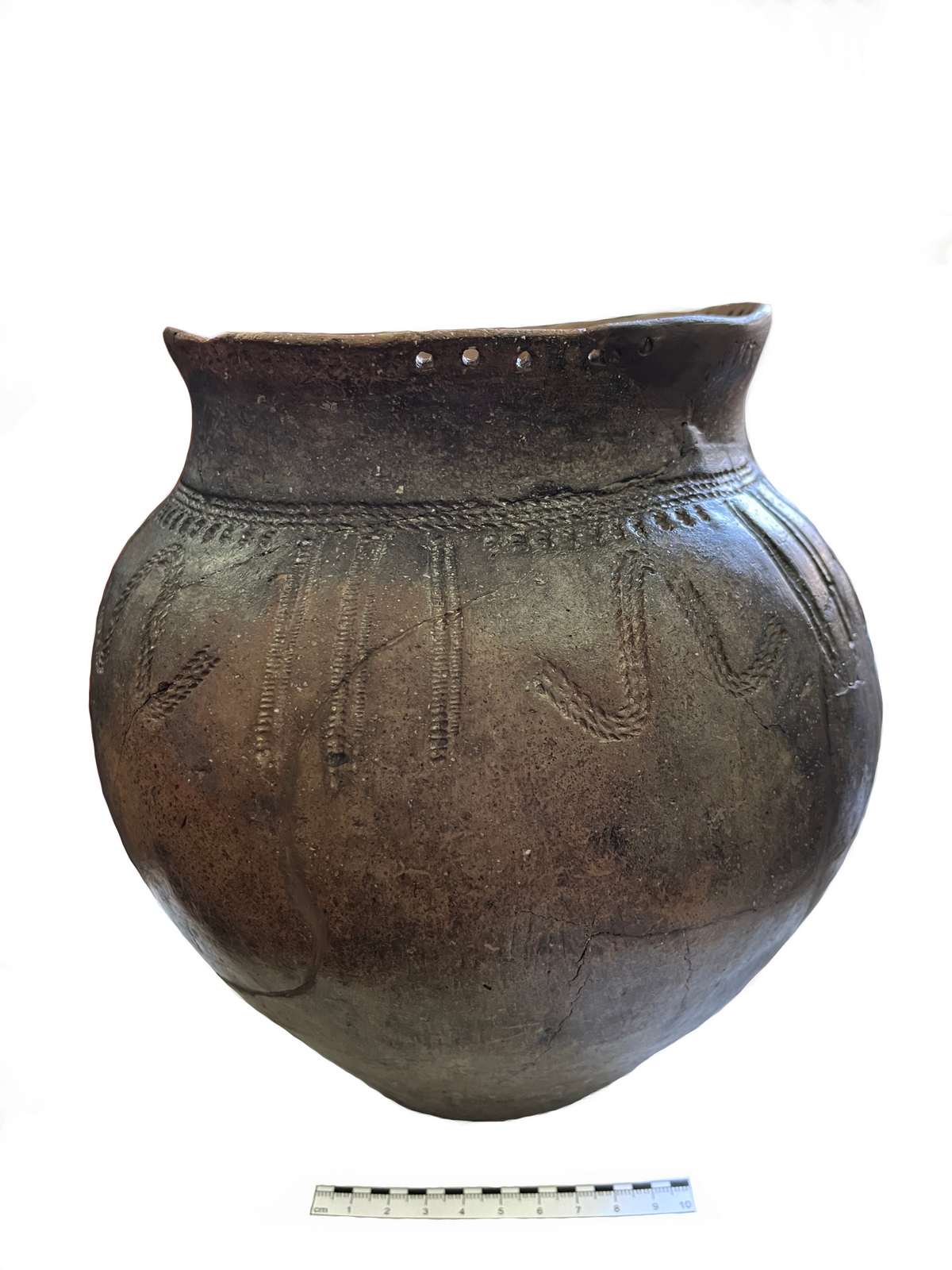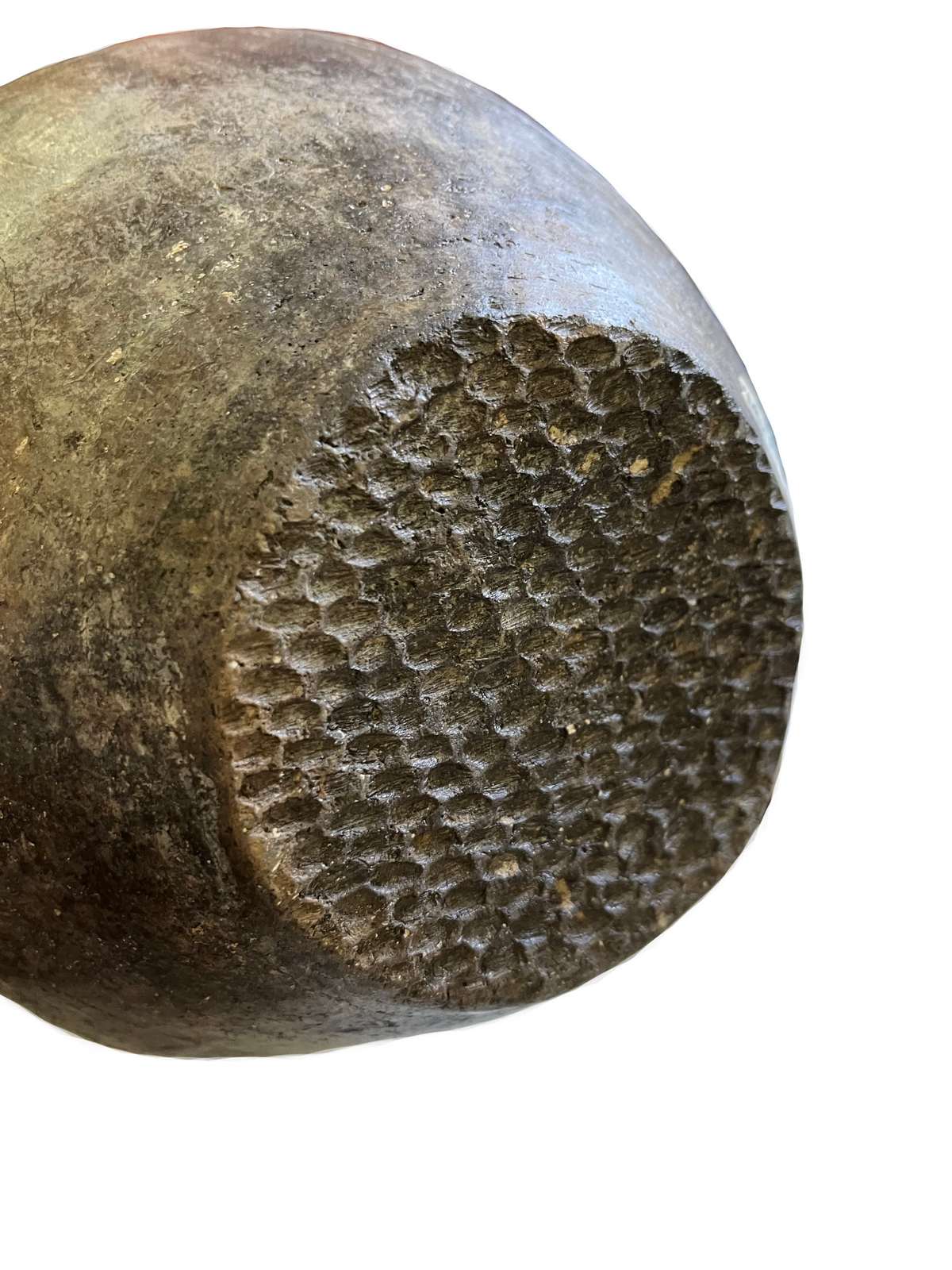On February 1, 2013, in the upstairs hall of the National Museum of Archaeology and History of Moldova there was opened the exhibition „When Sweden was ruled from Moldova" designed and built by the Royal Armory (Stockholm) and the National Museum of Archaeology and History of Moldova. Curators of the exhibition: Dr. Per Sandin and Dr. hab. Elena Ploșnița.
It is dedicated to the 300th anniversary of the Kalabalik at Varnița and Swedish King Charles XII's stay in Bender and Varnița from 1709 to 1713. The exhibition aims to elucidate a significant joint part of the Moldavian-Swedish history related to the name of the brave King Charles XII and offers a retrospective of the events that took place in the early 18
th century.
Content of the exhibition is divided into two parts. The first part brings together images of various items from the collections that are part of the national heritage of Sweden: portrait of the Swedish king; Charles XII's personal items (cassette, wig, otter-skin cap, black felt hat); panorama of Constantinople; photograph of the monument dedicated to the king at Varnița, which was made in 1920s; weapons of the past.
The second part of the exhibition includes authentic objects from the collections of National Museum of Archaeology and History of Moldova. Among these there are "Plan of Swedish king's camp" made by B. Eitner in 1840 and a collection of objects (nails, candleholder, horseshoe, cannonballs, window glass, ceramic and glass vessels of the 17
th - 18
th centuries) discovered during archaeological excavations at Varnița in 1993.
The exhibition is accompanied by an essay on the life of Swedish King Charles XII by Dr. Per Sandin, in Romanian, English, and Russian, and a leaflet in Romanian and English prepared by Elena Ploșnița.
The exhibition will be open to visitors until February 20, 2013.











 31 August 1989 St., 121 A, MD 2012, Chisinau, Republic of Moldova
31 August 1989 St., 121 A, MD 2012, Chisinau, Republic of Moldova

















































